Art attack
Tap into your inner artist witha fabulous wall mural. ‘Take your inspiration from a favourite design in the room – it couldbe a print, ornament or cushion– and use the colour picking tool in the free Dulux Visualizer app, which lets you see colours on the wall and explore shades in your motif,’ says Dulux creative director Marianne Shillingford. ‘For a striking geometric design, all you need is masking tapeand a small foam roller.’
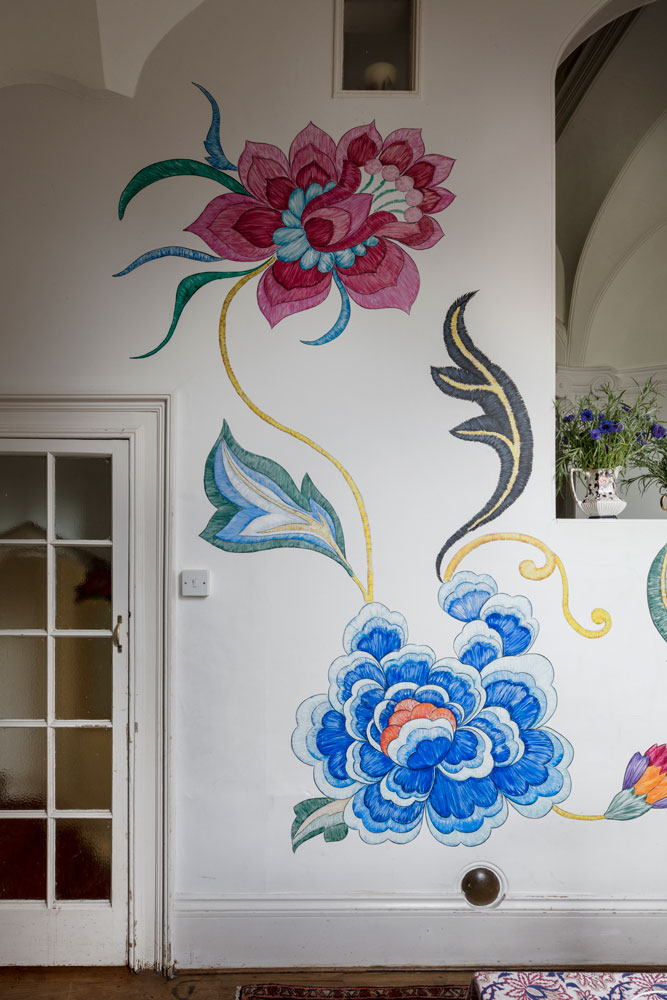
Dynamic duo
Splitting a wall with two tones looks modern and sharp. ‘A light hue above a darker one makes a room seem larger,’ says Charlotte Crosby, head of creative at Farrow & Ball. A dado or picture rail makes a good divider, but where you draw the line will depend on the room’s features and where the light falls.
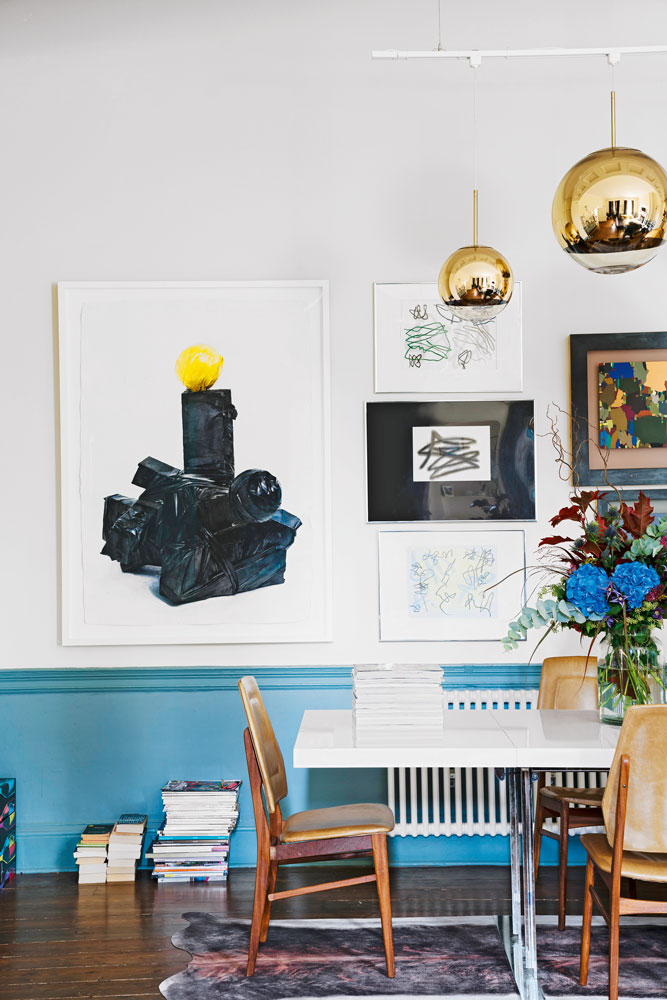
Dark and moody
If it’s maximum drama you’re after, it pays to be brave. Using a single colour for your entire scheme, ceiling and all, will pack a punch and instantly enhance the mood. ‘For a sumptuous effect, choose a rich, deep shade to envelop the room in saturated hue,’ says Peter Gomez, head of design at Zoffany.
Dark tones such as emerald green, inky grey or midnight blue willalso create a warm, cocooning feel. ‘For extra impact, carry the colour through to soft furnishings with plush textures such as velvets,’ Peter adds. You could also add an accent colour as a streak of contrast on woodwork or architectural details for definition.
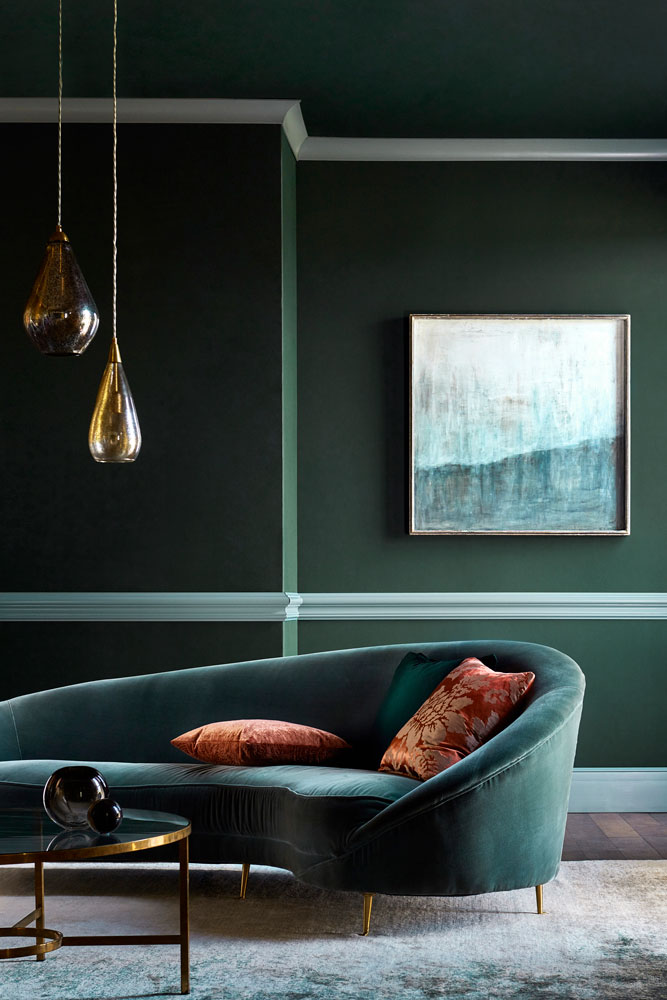
Gloss over
For a standout scheme, a gloss or lacquered wall creates an alluring shine. ‘When we do lacquered finishes, we tend to go for jewel tones and darker shades as they feel so rich and enticing,’ says interior designer Lucy Barlow of Barlow & Barlow.
‘A gloss finish is ideal for smaller rooms, such as a cloakroom, or spaces usedfor entertaining at night, as it will bounce the light around beautifully – especially when you do the ceiling as well. If your budget won’t stretch to lacquering, you can use gloss paint on woodwork such as skirting, doors or cabinets for a similar effect,’ Lucy adds.
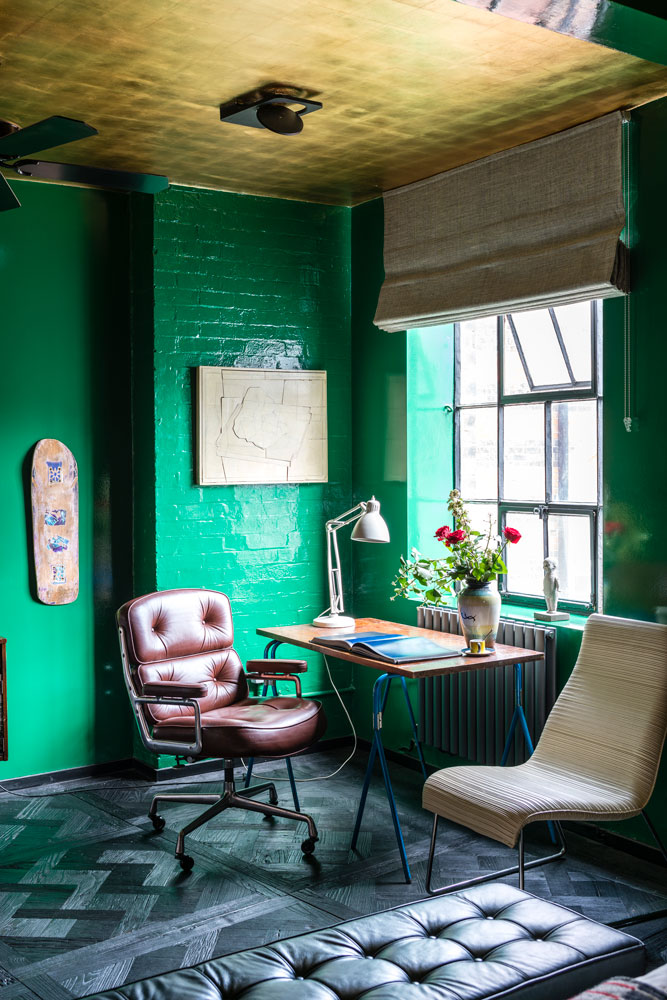
See moreStatement Ceilings.
The Livingetc newsletters are your inside source for what’s shaping interiors now - and what’s next. Discover trend forecasts, smart style ideas, and curated shopping inspiration that brings design to life. Subscribe today and stay ahead of the curve.
In the zone
Colour is a great way to break up open-plan spaces and create zones that mark the difference between where you cook, say, and where you relax. Choose shades that work with the function of each area and the ambience you want to create there.
‘Instead of painting the whole wall, which slips into feature wall territory, I thinkit works really well when you take the paint over woodwork and up onto the ceiling, almost creating a cube shape in the corner of a room,’ says interior designer Sophie Robinson. ‘Also, creating a frame around a feature such as a collectionof artwork or library nook isa striking way to set it apart.’
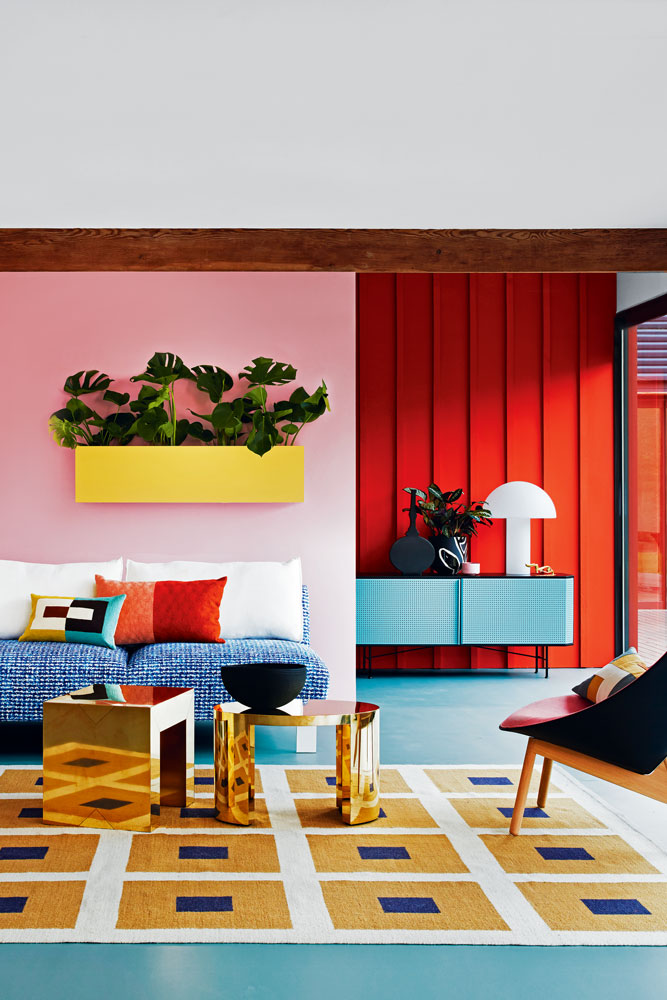
Bold accents
Highlight elements of your schemes you might otherwise overlook – window frames or shelves just need a splashof colour to stand out. ‘Don’t be afraid to experiment –look for the least obvioustone in accessories, fabrics or wallpaper and choose paint in a similar hue for your accent,’ says David Mottershead, managing director of Little Greene.
‘Using contrasting or even clashing colours is very powerful, but harmonising shades in the same tone can be equally effective – it’s really a question of personal taste. Remember to sample colours first, though – that’s one ofthe most important rules of decorating,’ David adds.
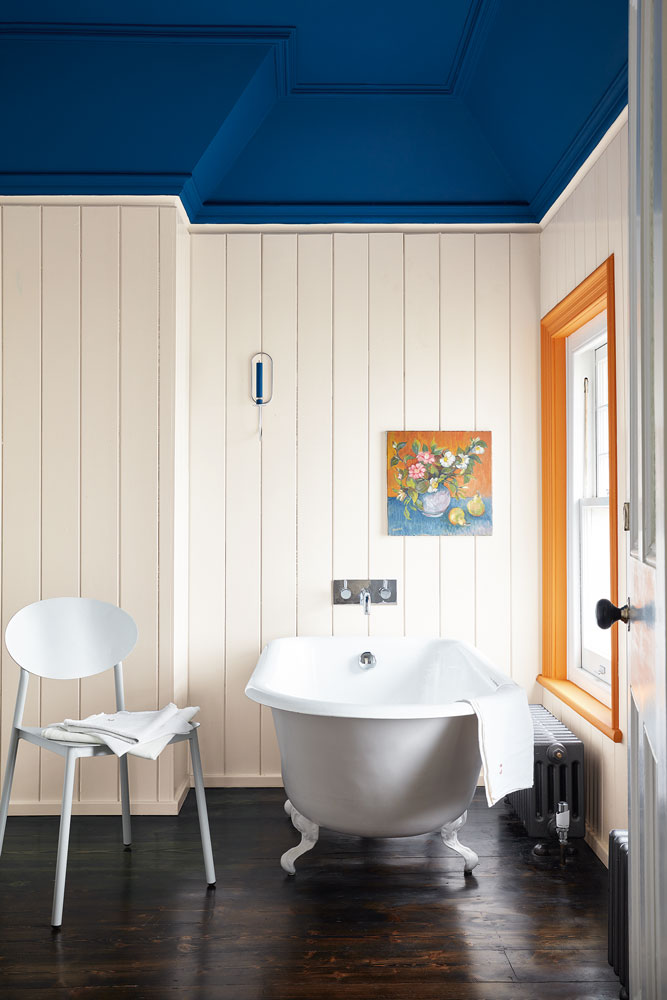
Feel-good factor
‘Colour can have a big influence on how we feel,’ says Judy Smith, Crown colour consultant. ‘As a guide, warm tones such as red and yellow are stimulating, while cool colours such as blue and green tend to be more restful. This differs from person to person, so if bright yellow in a bedroom makes you feel rested, go for it.’
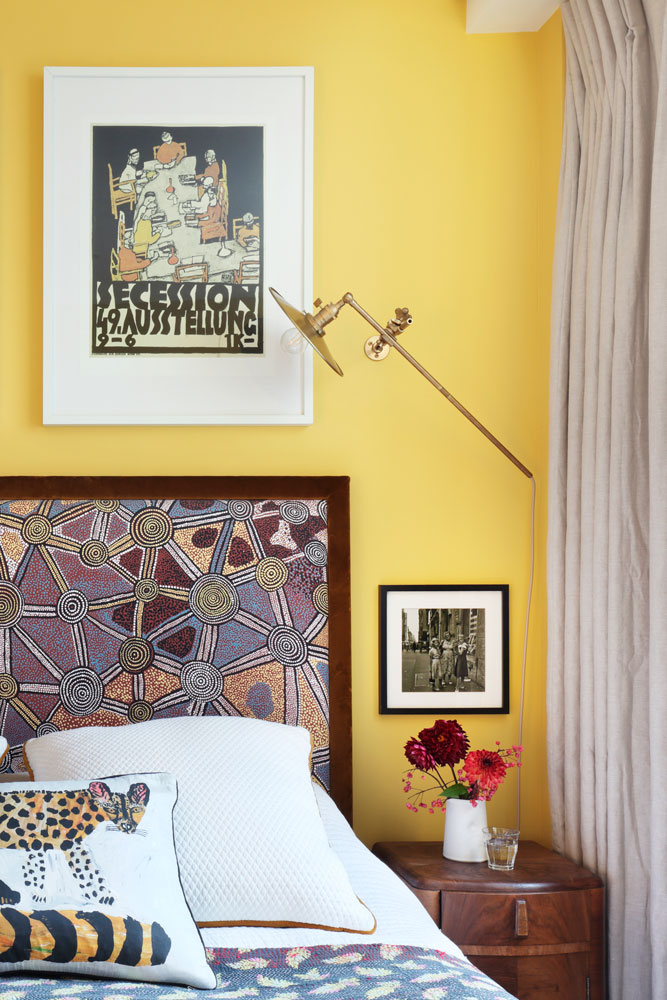
See these decorating tips from Farrow & Ball's colour expert.
The homes media brand for early adopters, Livingetc shines a spotlight on the now and the next in design, obsessively covering interior trends, color advice, stylish homeware and modern homes. Celebrating the intersection between fashion and interiors. it's the brand that makes and breaks trends and it draws on its network on leading international luminaries to bring you the very best insight and ideas.